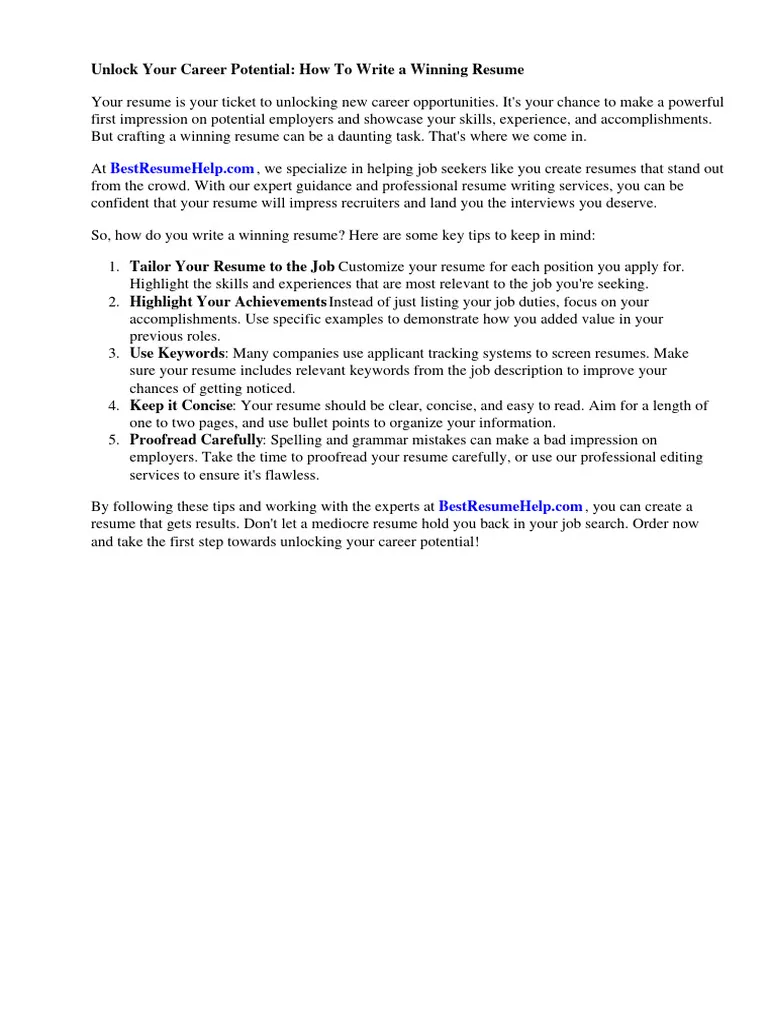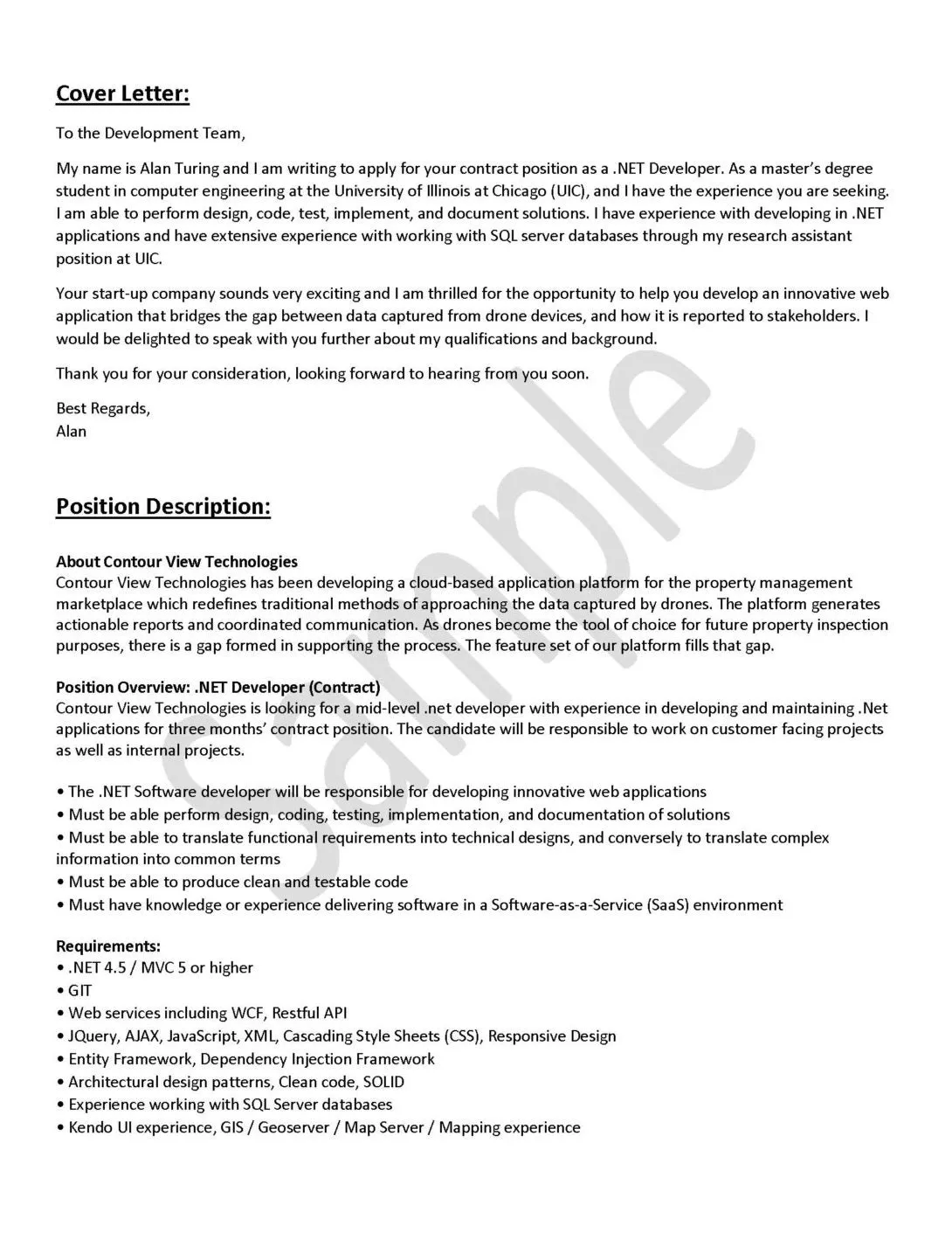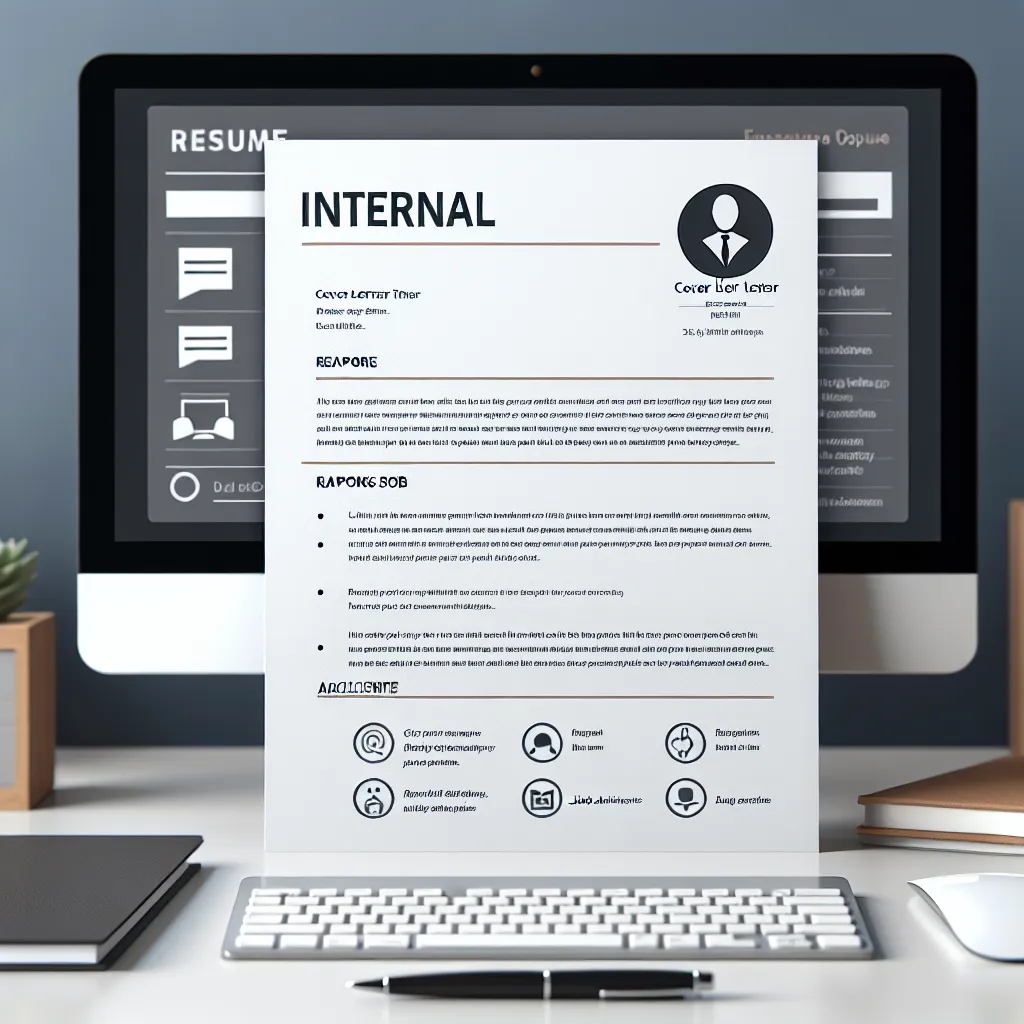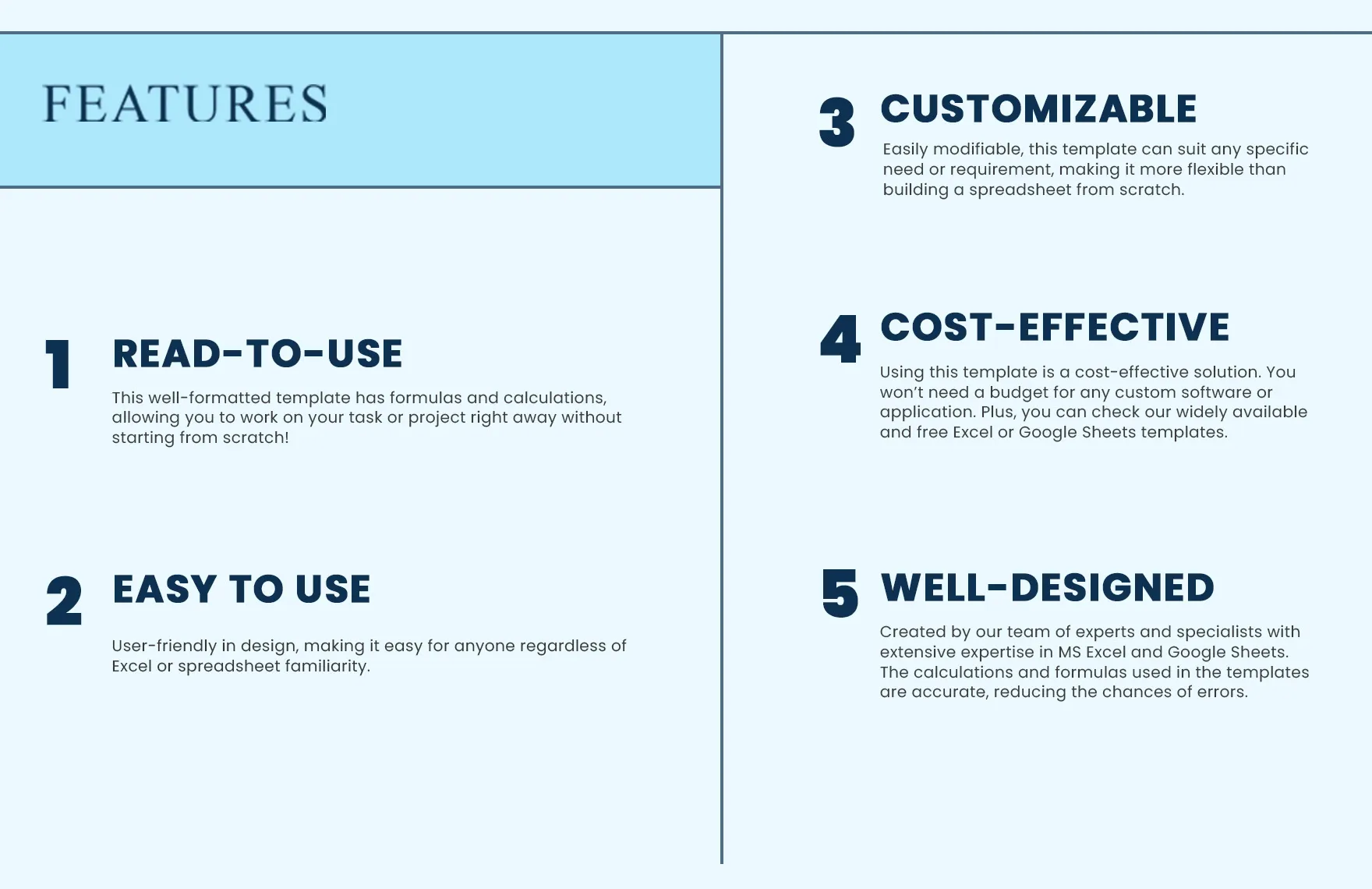Why a Cover Letter for an Internal Job is Important
Even when applying for a job within your current company, a cover letter remains a crucial tool. It’s not merely a formality; it’s an opportunity to distinguish yourself from other internal candidates and reinforce your suitability for the role. Think of it as a chance to go beyond your resume, providing context and demonstrating your genuine interest and enthusiasm. An effective cover letter allows you to articulate your understanding of the role, explain how your skills align with the requirements, and express your career aspirations within the organization. Internal job applications often have a higher success rate because the hiring manager already knows you. The cover letter allows you to capitalize on this familiarity and highlight your accomplishments and potential in a more personalized way. Remember, this is your chance to make a lasting impression and demonstrate your commitment to the company.
Understanding the Internal Job Application Process
Navigating the internal job application process effectively requires a strategic approach. Start by thoroughly reviewing the job description, paying close attention to the required skills, experience, and qualifications. Identify how your current role and past experiences align with these requirements. Next, research the hiring manager and department, if possible. Understanding their priorities and the challenges they face can help you tailor your cover letter to address their specific needs. Determine the application deadline and submit your materials well in advance. Internal applications sometimes have different requirements than external ones, so read the instructions carefully. This might include specific formats, contact persons, or required supplementary documents. Don’t hesitate to seek guidance from HR or your current manager if you have any questions. A clear understanding of the process ensures a smoother application and increases your chances of success.
The 5 Must-Have Tips for Writing a Stellar Cover Letter

Crafting a compelling cover letter involves more than just listing your qualifications; it’s about telling a story that resonates with the hiring manager. One of the most critical tips is to personalize your letter. Address the hiring manager by name, if possible, and tailor the content to the specific job and company. A generic cover letter will likely be overlooked. Another key is to highlight your relevant skills and experiences. Focus on the achievements and responsibilities that directly relate to the new role, providing concrete examples of how you have demonstrated those skills in the past. Also, showcasing your company knowledge and commitment is essential; demonstrate that you understand the company’s mission, values, and goals. Furthermore, be concise and clear, using strong action verbs and avoiding jargon or unnecessary details. Finally, always proofread your cover letter meticulously for any grammatical errors or typos; this is the best way to make a positive impression.
Highlighting Relevant Skills and Experience
When emphasizing your skills and experience, the goal is to create a clear and compelling narrative that links your past accomplishments to the requirements of the new role. Start by carefully reviewing the job description and identifying the key skills and experiences the employer seeks. Then, in your cover letter, provide specific examples from your previous roles where you have demonstrated those skills. Quantify your achievements whenever possible; for instance, if the job requires project management skills, describe a project you managed, the challenges you faced, and the positive outcomes you achieved. If you improved efficiency, mention by how much. If you increased sales, provide the percentage increase. Focus on transferable skills. Even if your past roles were different, highlight any relevant transferable skills such as communication, leadership, problem-solving, or technical expertise. By providing evidence of your skills and experiences, you will convince the hiring manager that you are a great fit for the role.
Showcasing Your Achievements
One of the most effective ways to stand out in your cover letter is to showcase your achievements. Rather than simply listing your job responsibilities, focus on the results you have produced. Use the STAR method (Situation, Task, Action, Result) to structure your examples. Describe the situation you were in, the task you were assigned, the actions you took, and the positive results you achieved. For example, instead of saying, “Managed social media accounts,” you could say, “Increased social media engagement by 30% in six months by implementing a new content strategy.” This highlights your achievement and demonstrates your impact. Always quantify your results whenever possible. Use numbers and data to illustrate your accomplishments; this helps the hiring manager to understand the tangible value you bring to the organization. Furthermore, be specific about the skills you used to achieve those results. Highlighting your achievements will show that you are a high performer and a valuable asset to the company.
Demonstrating Your Company Knowledge and Commitment

Showing a deep understanding of your company and demonstrating your commitment can significantly boost your chances of success. Begin by researching the company’s recent initiatives, goals, and values. In your cover letter, refer to these aspects, demonstrating that you are aware of the company’s direction and how the new role aligns with its overall strategy. Highlight any specific projects or initiatives the company is involved in that excite you and where you believe you could contribute. You can discuss the company’s mission and values and explain how you have demonstrated these values in your current role. Consider including a brief statement about why you are committed to the company, what motivates you, and why you want to continue your career there. This shows that you are not just looking for a new job but are genuinely invested in the company’s success and your future within the organization.
Formatting Your Internal Cover Letter
The format of your cover letter is just as important as the content. Keep your cover letter concise; aim for one page, and ensure it is easy to read. Use a professional font, such as Times New Roman, Arial, or Calibri, and maintain consistent font sizes. Use a clear heading with your contact information, the date, and the hiring manager’s name and title. Use business letter format with a formal salutation. Use headings and subheadings to break up large blocks of text and make it easier to scan. Use bullet points to highlight key achievements and skills. Leave adequate white space between paragraphs and sections to make the letter visually appealing. Finally, save your cover letter in a professional file format, such as PDF. The correct formatting shows attention to detail and professionalism, leaving a positive impression on the hiring manager.
Tailoring Your Cover Letter to the Specific Job
Customizing your cover letter for each specific job application is paramount. Start by carefully reviewing the job description and identifying the key requirements. Make a list of the skills, experiences, and qualifications that the employer is seeking. Then, align your cover letter with these requirements by highlighting the experiences and skills you have that match. When describing your accomplishments, use keywords and phrases from the job description to demonstrate your understanding of the role. Show how your skills can contribute to the specific goals of the new position. If the job description mentions specific projects or tasks, make sure to highlight your related experiences. If the job is in a different department, explain why you’re interested in the field. It shows that you’ve taken the time to understand what the employer needs and that you are the right candidate.
Proofreading and Editing Your Cover Letter

Proofreading and editing your cover letter is the final but most important step. Errors in your cover letter can undermine your credibility and reduce your chances of getting an interview. Thoroughly review your letter for any grammatical errors, typos, and punctuation mistakes. Read it multiple times, and read it aloud to catch any errors you might miss when reading silently. Use spell check and grammar check tools, but don’t rely on them entirely; they can miss some errors. Consider asking a colleague, friend, or mentor to review your letter; a fresh pair of eyes can often spot mistakes you might have overlooked. Check your formatting and make sure everything is consistent and professional. Ensure that your contact information is correct, and you have used the correct name of the hiring manager. A well-proofread and error-free cover letter shows attention to detail and professionalism and significantly increases your chances of success.
Tips for Follow-Up After Submission
Following up after submitting your application is a good practice, but doing it correctly is vital. You can send a brief, polite email to the hiring manager or recruiter a week or two after the application deadline. In your follow-up, express your continued interest in the position, and briefly restate why you are a good fit. Reference something specific you discussed in your cover letter or resume. Be concise and avoid being overly persistent. If you have a connection with someone who works at the company, you can ask them to put in a good word for you. However, don’t overdo it. Respect the hiring manager’s time. Finally, be patient. The hiring process can take time. If you don’t hear back within a reasonable timeframe, you can follow up again, but avoid being pushy. A well-executed follow-up can demonstrate your enthusiasm and professionalism, while too many follow-ups can have the opposite effect.
